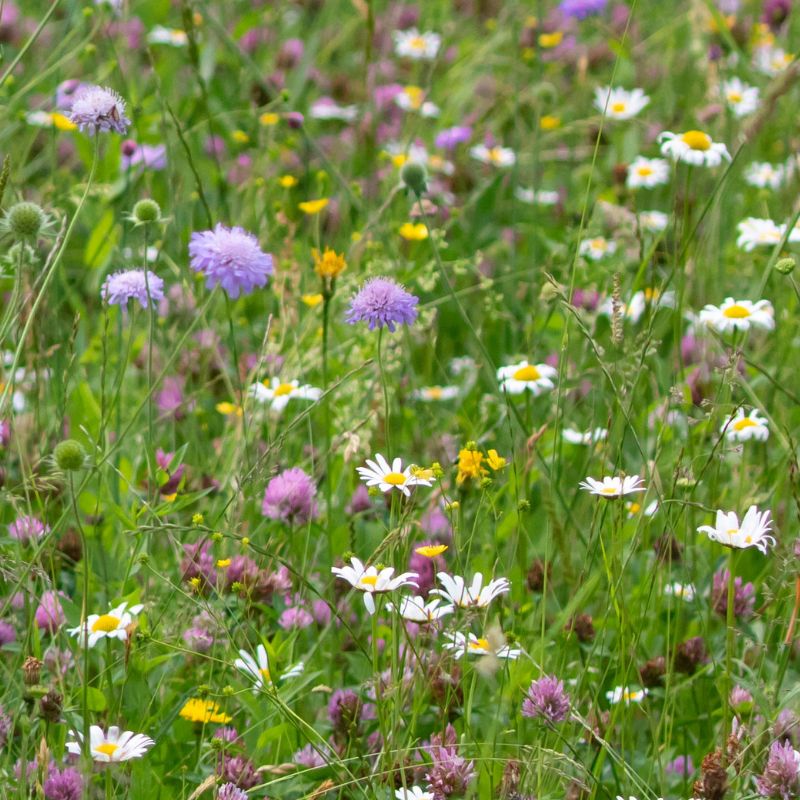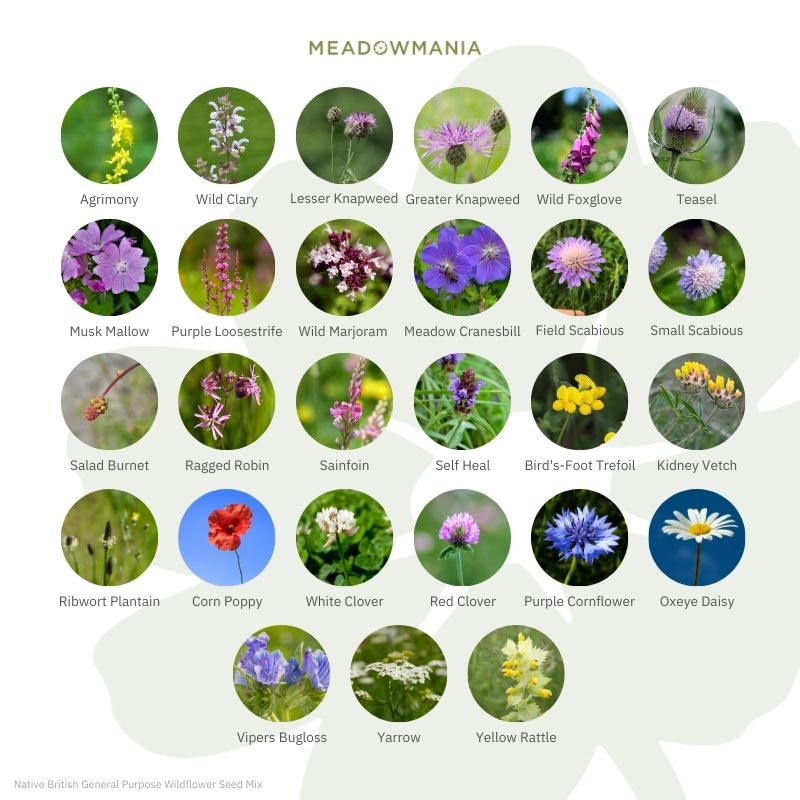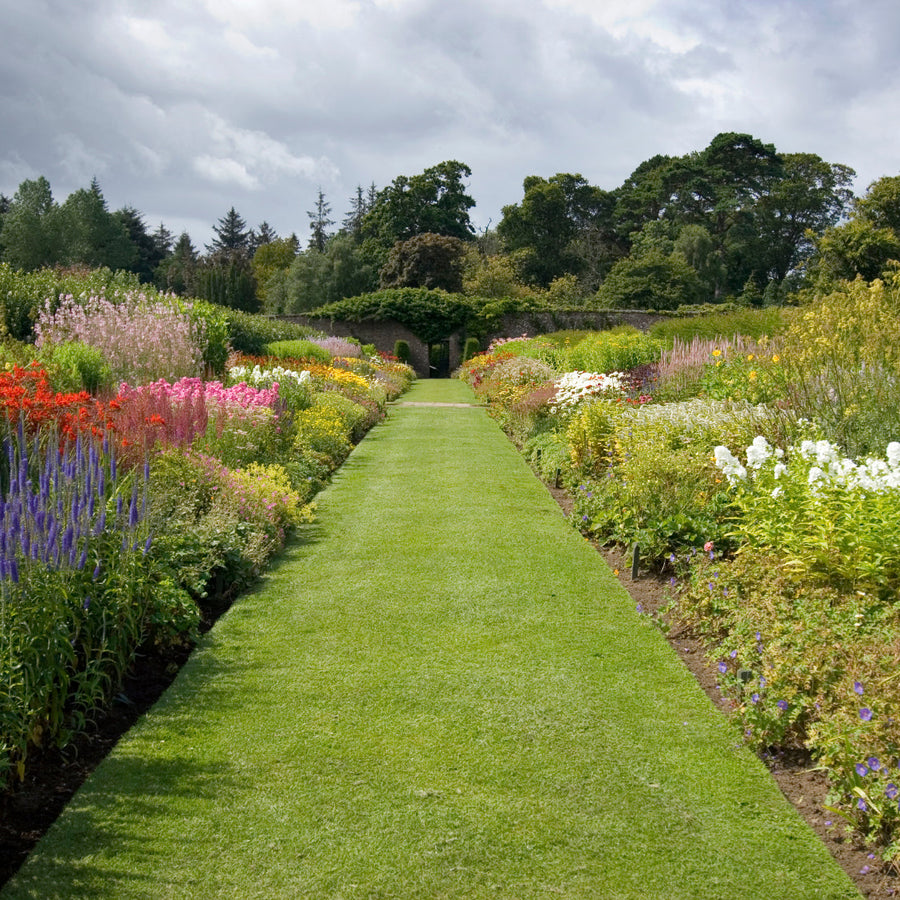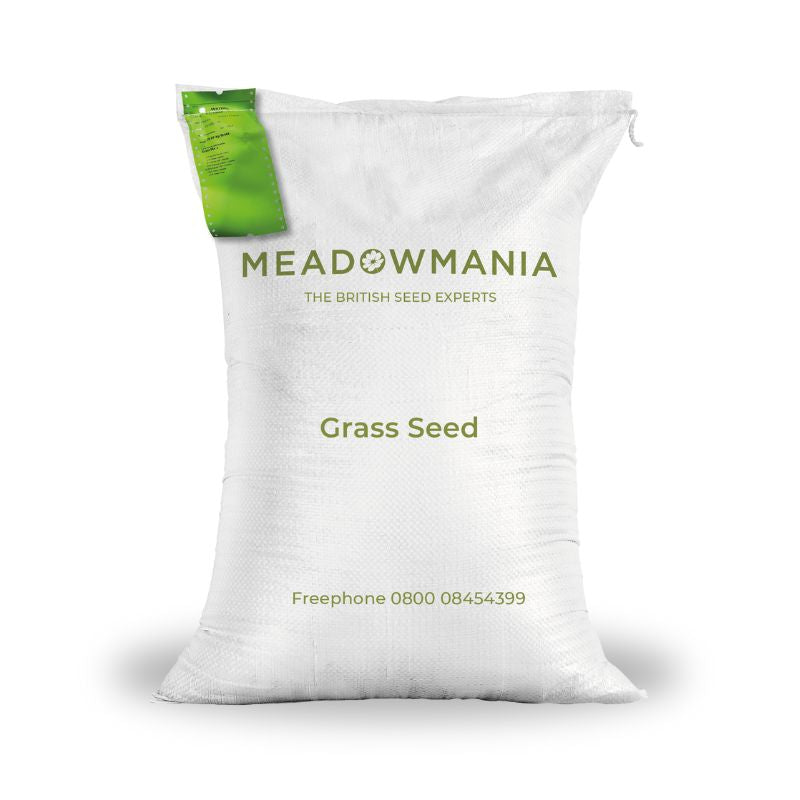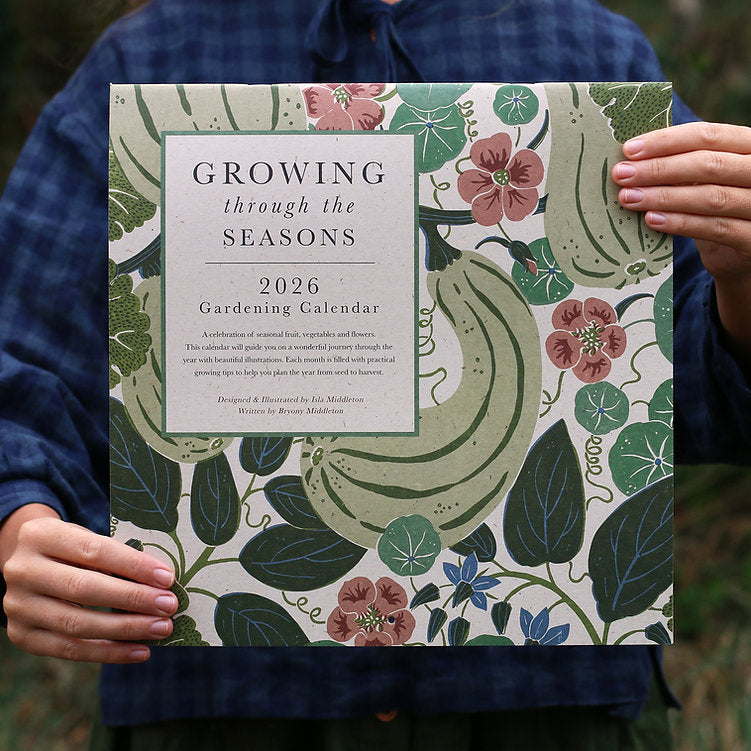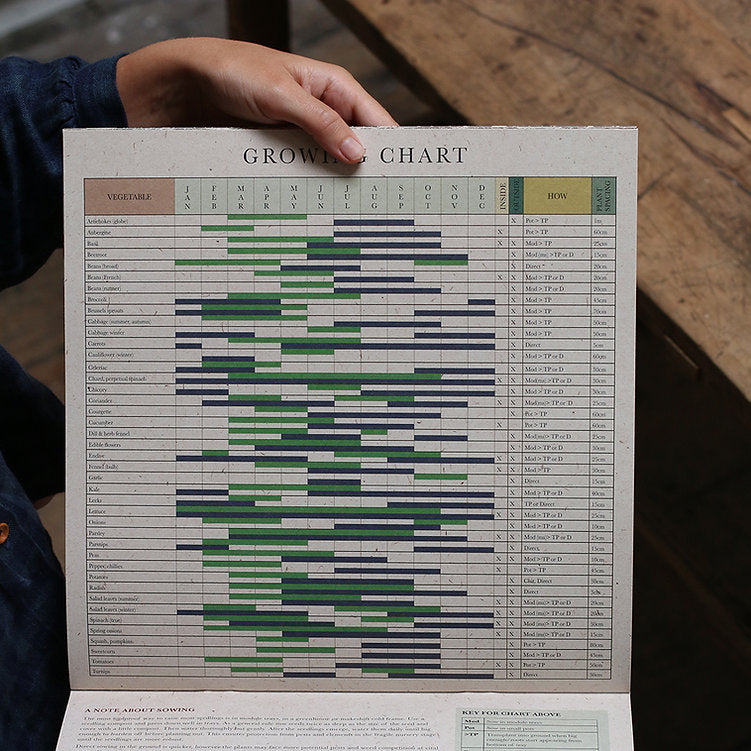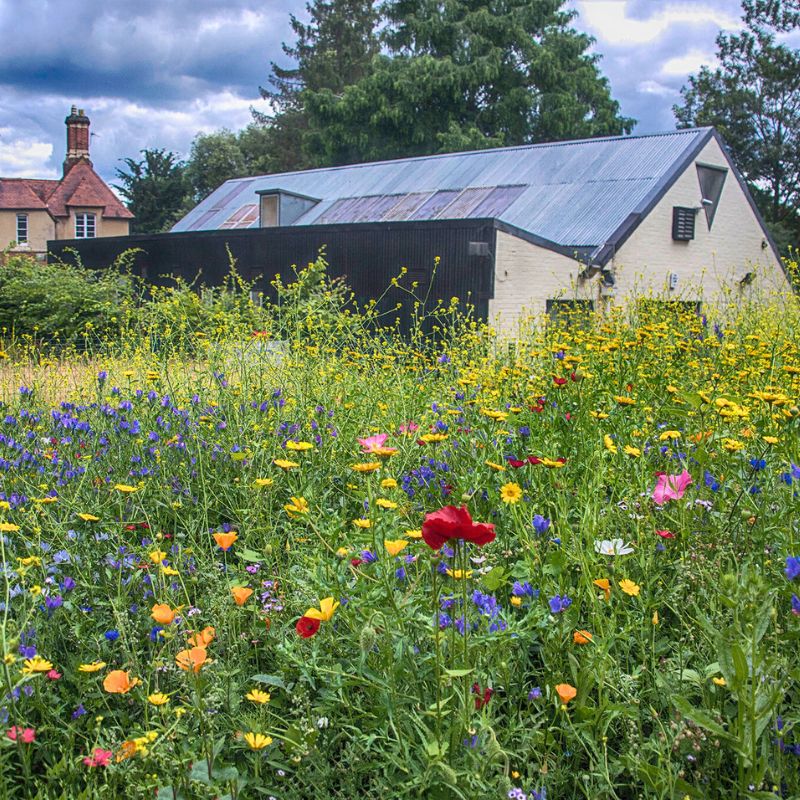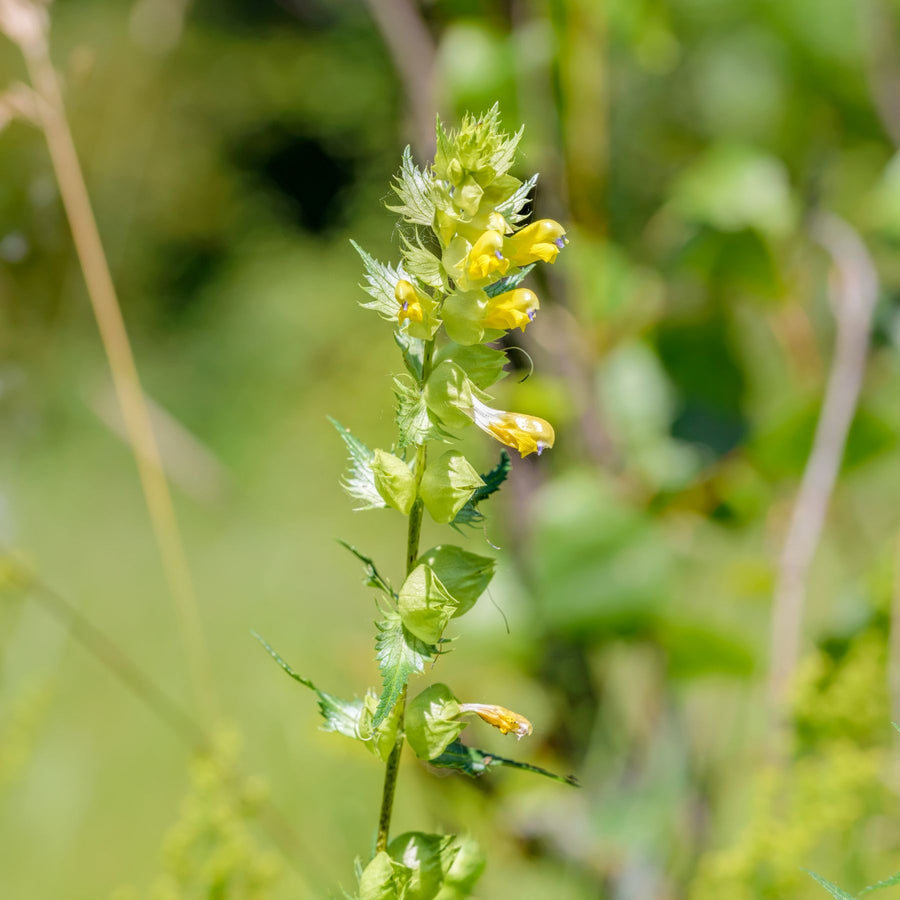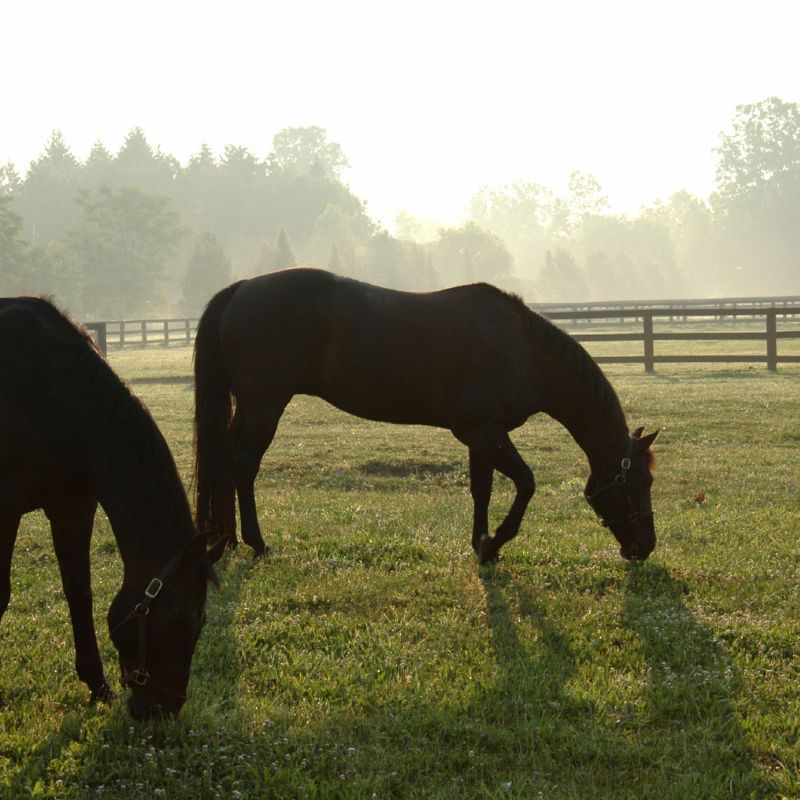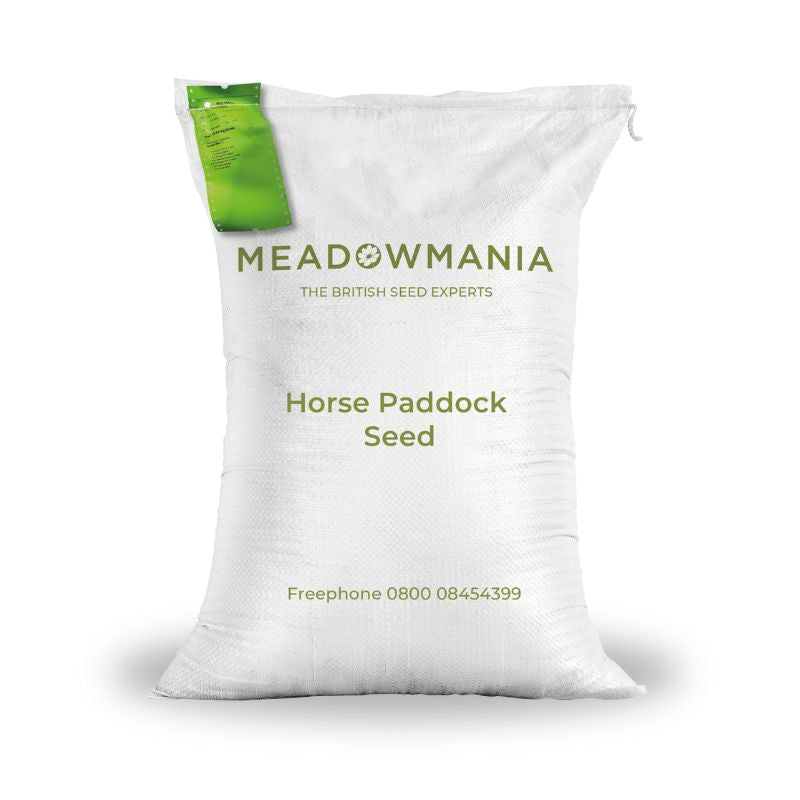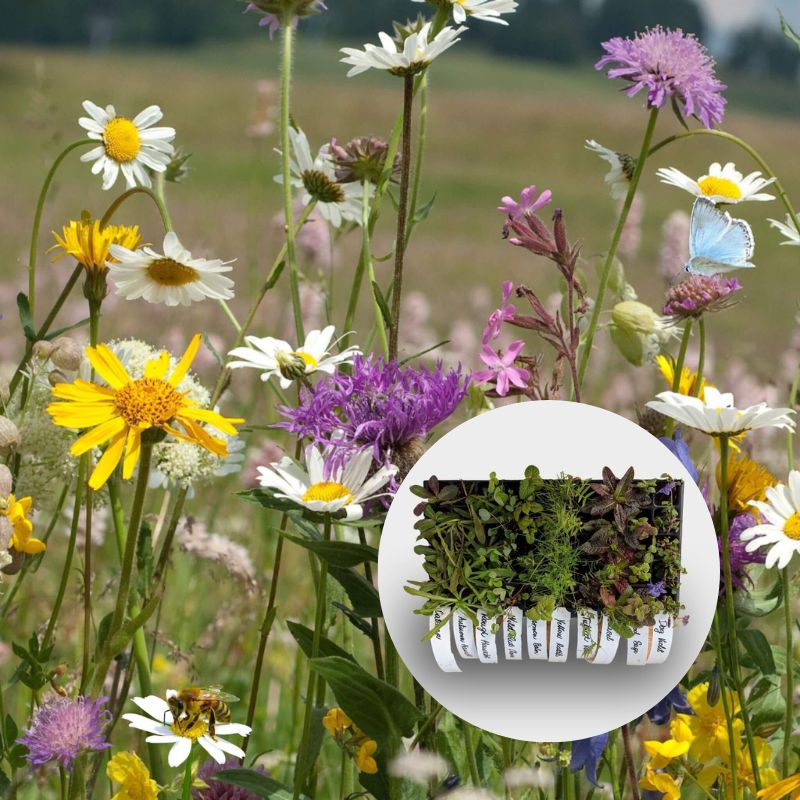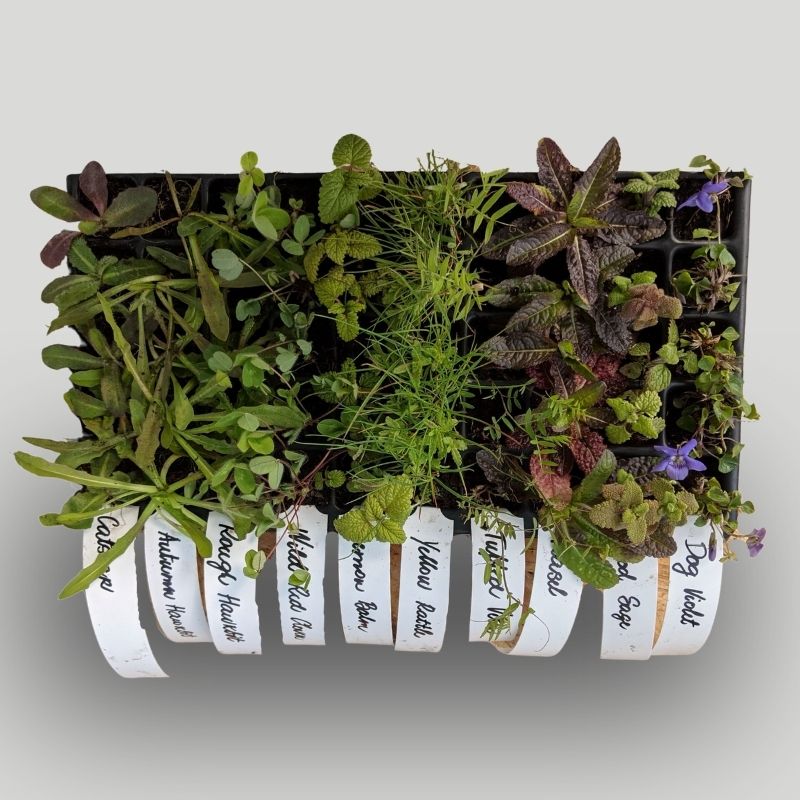
Growing Bird's-foot Trefoil (Lotus corniculatus): How and Where
Bird's-foot Trefoil (Lotus corniculatus)
Bird's-foot trefoil is a low growing perennial plant with bright yellow flowers which generally appear during May and June. The flowers are often tinted with orange and brown colours. A very adaptable plant, bird's-foot trefoil can be found growing wild in most habitats and is often seen growing alongside ribwort plantain and harebell. It grows particularly well on chalk pasture especially if the grass is short and fine. and alongside lady's bedstraw on sandy poor soil near the sea. It is an important food source of the common blue butterfly and is one of the best wild nectar sources for bees and other pollinating insects.
At present, native bird's-foot trefoil seeds are in very short supply. You can buy non-native agricultural seed relatively cheaply, but if you want to introduce the wild native version into your meadow then a better alternative might be to buy plug plants.
Bird's-foot Trefoil
| Flowering Season: | May to August |
| Height: | 10 to 40 cm |
| Sowing: | Rub the seed lightly between two sheets of sandpaper to speed up germination. Either sow it thinly where you want it to grow in spring or autumn. Or sow seed 2 cm apart in a seed tray. |
Plug plants:
Bird's-foot trefoil wildflower plug plants are best planted between September and May.
- Delay planting if the soil is dry, hard or frozen.
- Water the plugs before planting.
- To remove the individual plug plants push them up and out using the hole in the bottom of each cell.
- Cut any grass very short and rake out any thatch.
- Plant around 5 plugs per square metre.
- Plant at least 3 of any one species near each other.
- Once planted keep the plants watered during their first 6 weeks. The most common losses are caused by the plugs drying out just after planting.
After planting, when necessary, mow the area of grass containing the plug plants with your mower blades set at a high setting. Ideally about 4 inches (10 cm). This prevents the grass from growing too tall and covering the young wildflower plants, and will allow them enough light and warmth to build up a good leaf and root system. When they are established, stop mowing and let them grow on.


